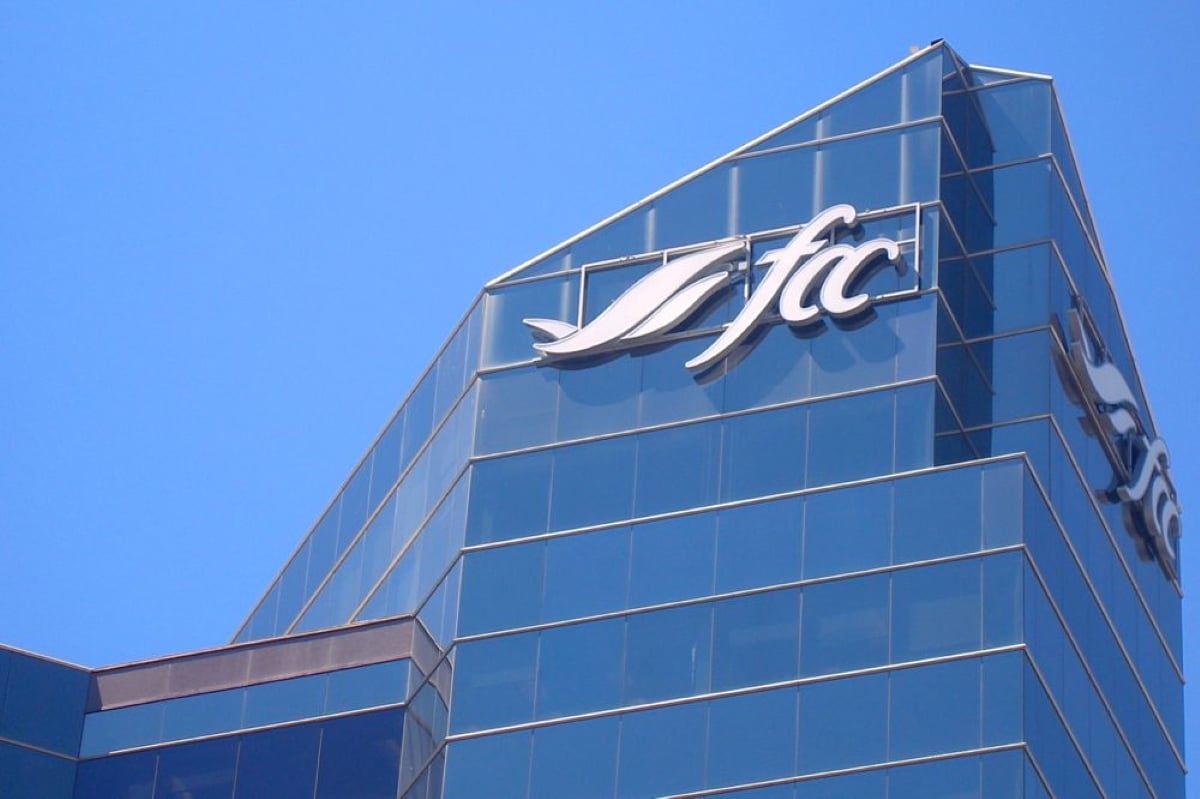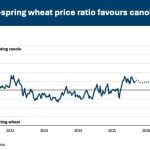Driving across the Prairies to his Vermilion, Alta., farm last month gave Doug Livingstone a chance to see the spread of the latest craze to hit the grain industry.
Call it concrete mania.
“I delivered a bull to Manitoba and what struck me as I drove was the amount of construction going on,” said the former Alberta Wheat Pool president. “Big terminals going up across the street from each other. It’s crazy. I’m getting more and more fed up that they will be sending all the bills for that concrete to us farmers.”
Read Also

Farm Credit Canada partners with major Toronto innovation hub
A FCC parntership with MaRS Discovery District aims to solve technology problems in food supply chains.
Edmonton-based consultant Ken Stickland has seen the same thing and offers a caution to those spending hundreds of millions of dollars on new terminals, while dozens of smaller elevators are closed.
“I am very concerned that they are over-
investing,” he said, adding grain companies are being encouraged to build the collection system the railways want.
It is evident across the Prairies – more than $10 million invested by Alberta and Manitoba pools with local farmers at Naicam, Sask.; multi-million dollar investments by Saskatchewan Wheat Pool in all three prairie provinces; major spending by the multinationals in new terminals.
It is, they say, a direct fallout from the federal government’s 1995 decision to end the Crow Benefit grain freight subsidy and to take a major step toward deregulating the grain industry.
Competition, rather than regulation, became the theme.
“Ending the Crow did not create the consolidation trend,” said United Grain Growers president Ted Allen. “But there is no doubt that decision sharpened our opportunities to compete and we are investing to do that.”
At Cargill Ltd. head offices, president Kerry Hawkins said the advent of cost-based transportation bills drove home the need to consolidate the elevator system. “We have a country elevator system working at 60 percent of what is possible.”
The result is investment in concrete terminals designed to concentrate grain collection around rail lines likely to survive.
Since all grain companies have the same idea of what lines are safe, it means concentrated construction and head-to-head competition for farmers’ grain.
Yet even as they make investment decisions, some industry leaders are uneasy that warnings from farmers like Livingstone could be accurate.
The heady investment decisions of the 1990s could be the financial losses of the next decade.
“I have expressed a concern that as we all press for market share, we run the risk of overbuilding,” said Alberta Wheat Pool president Alex Graham. “If you have three terminals competing for grain in a limited area, obviously not everyone will get an adequate return on investment.”
In Regina, the Saskatchewan Wheat Pool president has the same concerns, even as his company races to meet or beat the competition.
“I think to some extent that overbuilding could happen,” Leroy Larsen said.
“At first, it may look like more competition and a better deal for farmers but if one or two of those terminals go down, there may end up with less competition, not more. More competition does not necessarily mean more efficiency.”














